With the IET International Engineering Photography Competition closing soon, we caught up with photographer Daniel Stier to discuss the relationship between art and science.
“I’m not a technical person,” admits Daniel Stier. ”I have no scientific background whatsoever.” But it’s precisely this lack of knowledge that drew the London-based photographer to the world of science and technology. “Our lives are now so dominated by technology but we’re not really taking notice. I am trying to explore this often unknown world by taking pictures,” he adds. “There’s a gap between art and science that needs to be filled.”
And fill it he has – most obviously, with his 2015 book Ways of Knowing, an odd, intriguing, witty representation of the world of scientific research. The book brings together two projects, each with distinct approaches. The first takes the form of portraits of scientists and students from across Europe and the United States taking part in experiments. With a deadpan visual clarity, we see them rigged up to bizarre machines – from headsets, of the sort you see in the opticians, to large and strange capsule-like structures that seem to belong on a spaceship, or a fairground ride. There are minimal captions, encouraging the viewer to speculate on what they’re observing.
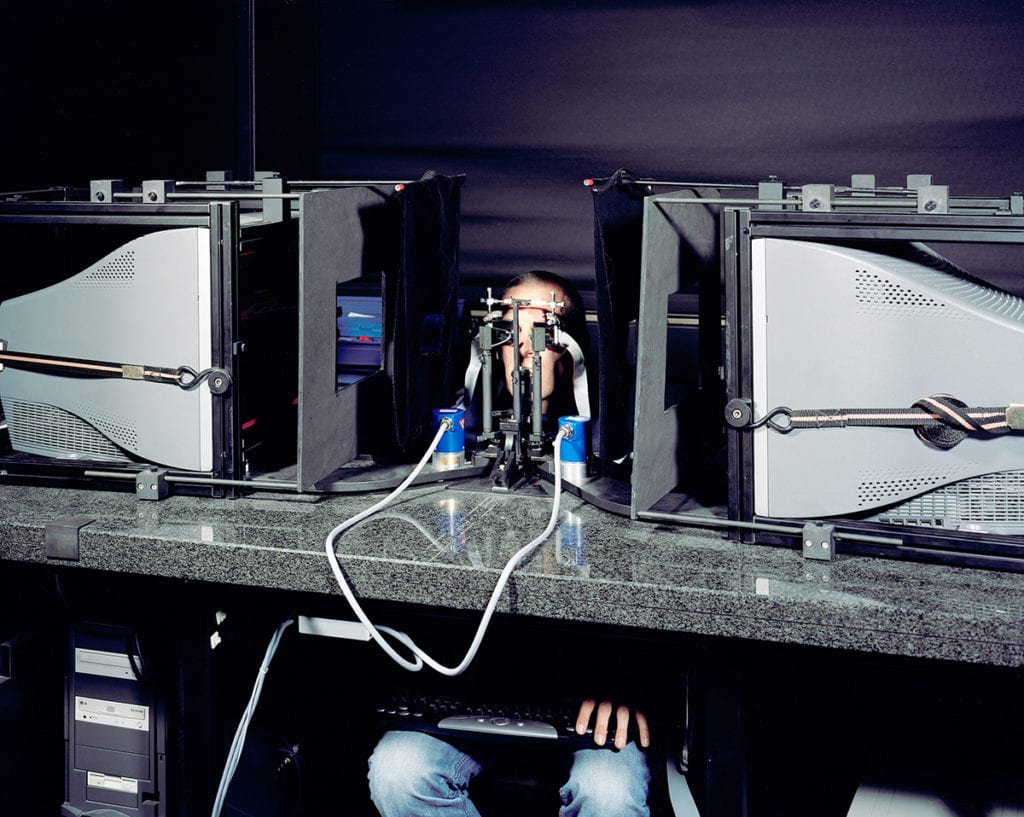
“I’m playing with the aesthetic of science but I am just producing images. It was an attempt to get closer to the scientific world but even more to highlight the parallels between scientific and artistic practice. They share the same underlying motivations and obsessions.”
In addition to producing self-initiated work such as Ways of Knowing, Stier also shoots commissions for clients such as Barclays, Virgin, Vogue and The New York Times. These advertising or editorial jobs often spark personal series. The Labs, which shows the ordered mess of scientific work spaces – littered with lab coats, test tubes and other bits of kit – is collected from magazine commissions for the Financial Times Magazine and Avaunt Magazine. Life and Death, shot for Men’s Health, documents a training hospital in which all the patients, including labouring women and newborn babies, are plastic dummies. Stier captured the machines in How Things Work at a fair for the building industry. “I’m fascinated by the look of machinery – it’s very pure,” he says.
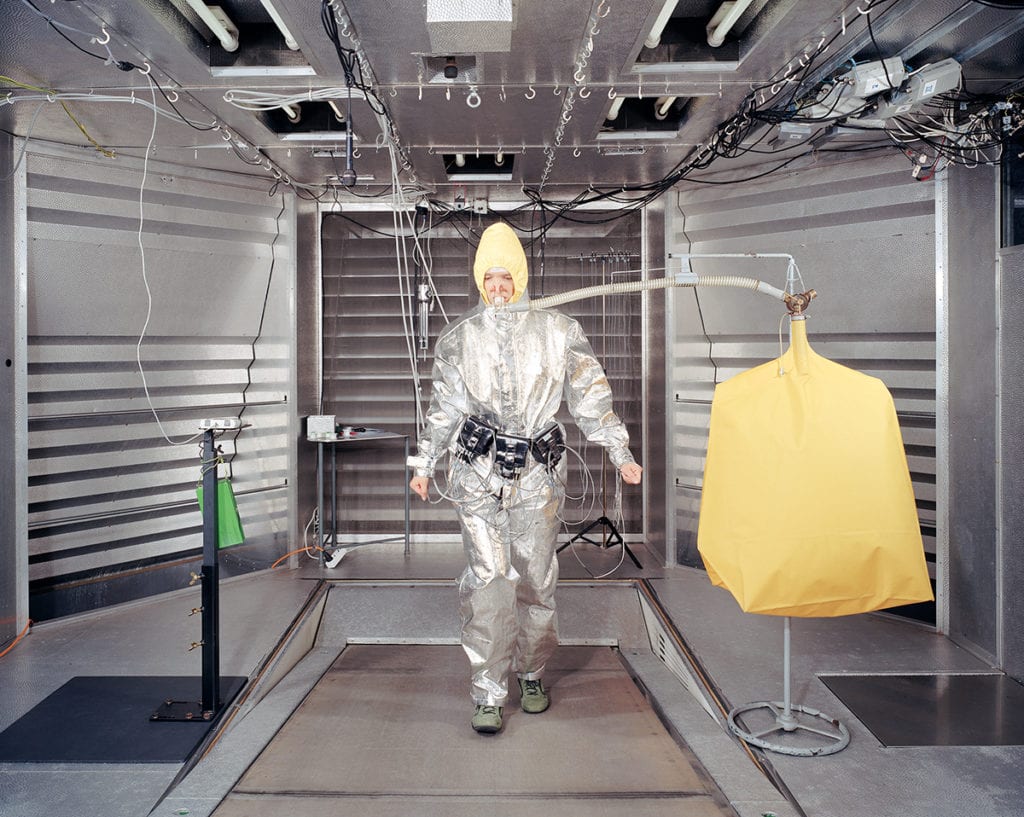
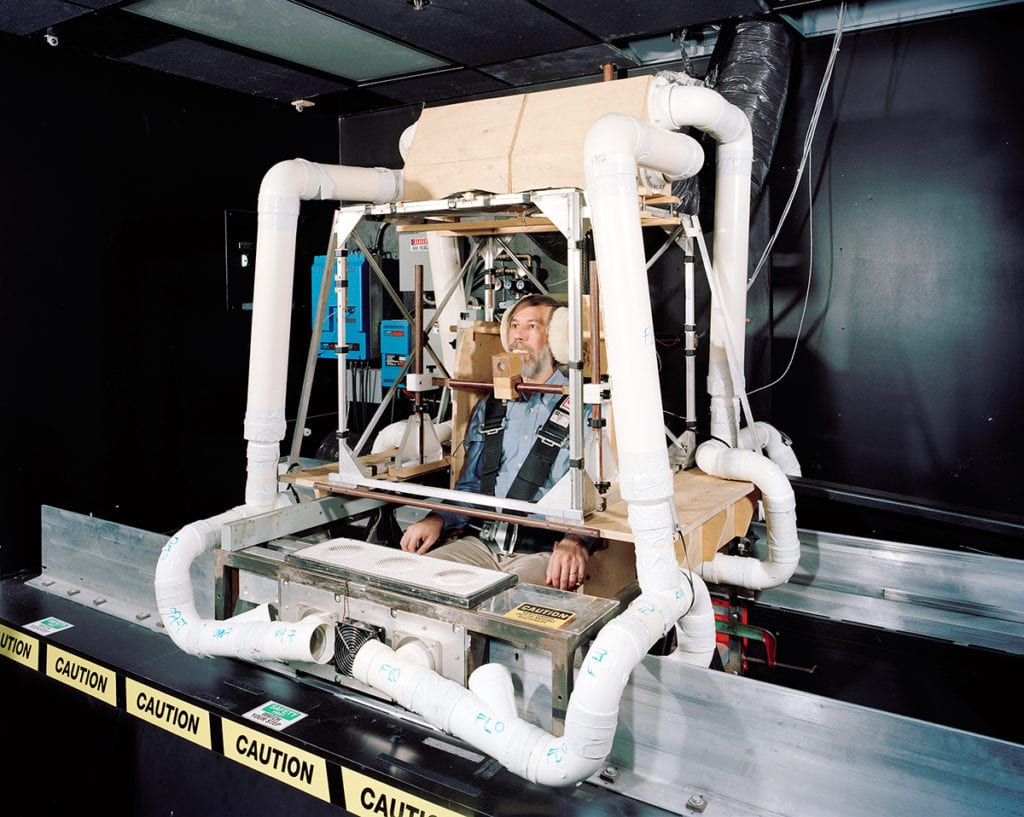
“I guess there is a misconception of what scientific research really looks like. The media focuses on the big projects that often look fantastically hi-tech and will be photographed in a National Geographic kind of way – bathed in blue and purple light. The reality is often very different.”
Now open for entries, the IET International Engineering Photography Competition is also focused on photography that reveals other sides of this reality. The IET has seen its fair share of unrepresentative images of engineering and technology, and wants to change that. “Engineering is an exciting and fast-changing sector – shaping the world around us and improving the quality of our everyday lives,” says IET President Jeremy Watson CBE, who is also on the judging panel.
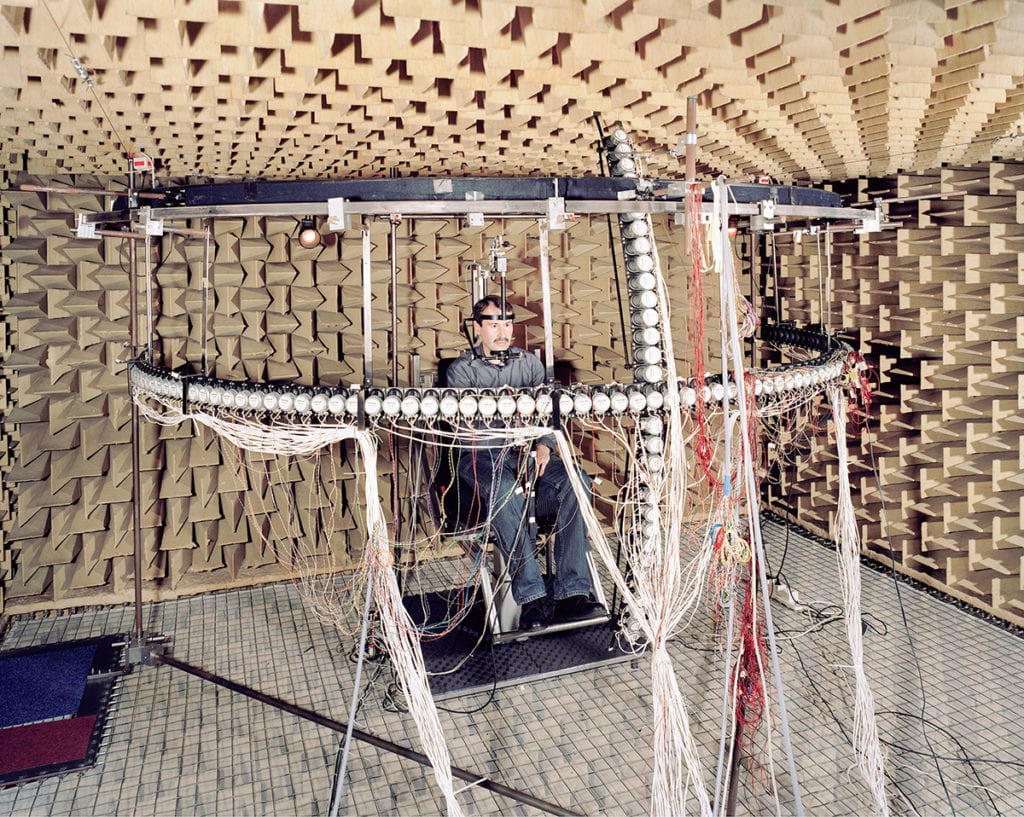
Despite his own non-technical starting point, Stier came to the conclusion that the worlds of art and science have far more in common than he first thought. “Both scientists and artists search deeply for answers to big questions,” he says. “In both domains you find obsessive beliefs of invention and creation that have led to the highest forms of specialisation. Ultimately we’re all trying to make some sense of a chaotic and unpredictable nature that surrounds us.”
The deadline for the IET International Engineering Photography Competition is fast approaching!
For the chance to win an array of prizes, including an exhibition and £750, visit the IET website – it’s free to enter, so don’t delay.
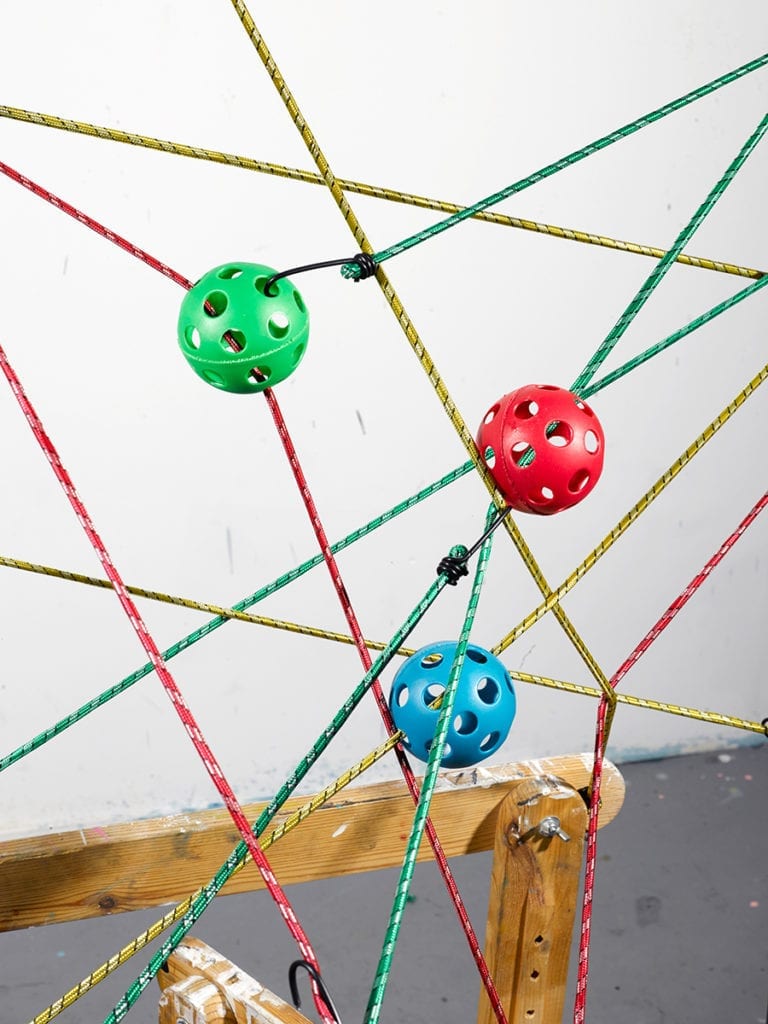
After documenting scientists at work, photographer Daniel Stier reached the conclusion that theirs is not such a different world after all.

